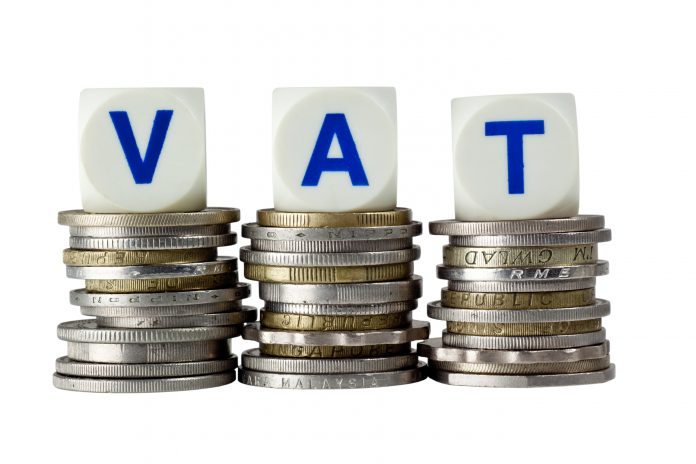Adams Moore is cautioning those in the construction sector that changes required for the VAT Reverse Charge for building and construction sector are significant, and preparations should begin immediately
First announced in the Autumn Budget of 2017, the legislation comes into effect from 1 October 2019 and its aim is to prevent criminal attacks on the VAT system within the industry or ‘missing trader’ fraud.
While the industry can be complex, this change will broadly affect up to 150,000 UK taxable building and construction sector businesses concerning transactions where the recipient makes an onward supply of the same services.
The main challenge SMEs in the sector will face is adapting to a change in their incoming flow of cash; VAT invoiced for will no longer be paid direct to the invoicing supplier but instead must be recovered at the same time as input tax.
Neil Lancaster, partner at Adams Moore, commented: “Companies in the construction sector should take action now if they haven’t already as changes to processes, software configuration and even resource could be time-consuming.
“I would advise reviewing supplies previously made to – and received from – other contractors, and whether these will be subject to the new legislation, and this will provide a beneficial base to start from. In addition, the one-off (and ongoing) costs associated with calculating and reporting the reverse charge should be taken into account.
“Finally, it is crucial for many businesses to acknowledge how this change may affect their cash flow due to the fact they will not receive VAT directly from the contractor – if that contractor is not an end-user and speak to their accountant about transition strategies.”
The changes concern supplies at the standard or reduced rates where payments should be reported through the Construction Industry Scheme (CIS). A number of supplies are not covered by the reverse charge if supplied on their own and they are listed on HMRC’s VAT Reverse Charge guidance page.














